Identifying Critical Positions: Correct Decision Making in Chess
Today we will talk about Critical Positions in chess and the importance of correctly identifying and evaluating them.
This lesson is specifically created for TheChessWorld.com readers by the Remote Chess Academy’s GM Igor Smyrnov and Sagar Shah.
Let me start off with a conversation I had with an experienced Grandmaster friend a few days ago.
Me: What, according to you, is a critical position?
GM friend: It is a position where you need to spend a good amount of time, in order to make an important decision during the game.
Me: Ok. You’ve told me what to do during a critical position; but how do you recognize whether it is a critical position or not?
GM friend: (after a long thought) I think a player can understand whether it is a critical position or not, based on his feel and understanding of the game.
Me: But then, how do you explain whether it is a critical position or not to players who do not have a highly developed understanding of the game, like you do?
GM friend: (again, after a long thought!) I don’t really know!!
The above conversation sparks off a few very interesting points about critical positions. The first one is that a critical position is one where you must put in a lot of thought and make an important decision; and second, great players – thanks to their endless hours of chess practice – have developed a feel for understanding what a critical position is.
But for mere mortals who are taking their initial steps in the game of chess, it is important to understand what exactly a critical position is.
Why is a critical position so important?
The point is that if you do not understand that a position is critical and do not spend time on it, then you will miss the opportunity either to gain an advantage or to equalise that game (if you are in a worse position). Hence, it becomes extremely important to understand what a critical position is and how to identify one.
Of course, you could work for hours and hours on chess, see top-level games of GMs, analyse them, play in strong tournaments, analyse your own games, solve combinations, work on positional chess, etc., and you, too, would have a keen sense of understanding of critical positions. While there is no substitute for all of the above, by reading this article you can get an initial idea as to how to identify a critical position.
But, first of all, let me start off with an example from the 1979 USSR championship game between Gutman and Vitolinsh.
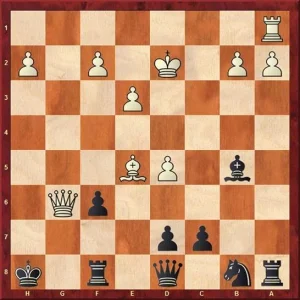
Gutman-Vitolinsh, USSR 1979
It’s Black to play. How should Black defend?
{The answer to the above position can be found by something like this. Suppose I play Qe7, White will give Qh6+ and I cannot interpose Qh7 because my f8 rook hangs. Next, his rook comes to g1 and it’s all over. Hence, I must somehow bring the White king to d3 where the interposing Qh7 will be a check. Hence the right move is Bd3!! And after Kxd3 Qe7 Qh6+ Qh7+! it’s a counter-check. Black wins.}
No matter how difficult the answer to this position was, and even if it took you a while to find it, I am sure each one of you understood that Black was in trouble. We can safely conclude that White has very dangerous threats here and that Black has to have a long think – hence, this is a critical position. Even a beginner can understand this. We shall not be dealing with such positions in this article, because the threat is quite obvious and any person will devote a lot of time to finding the solution rather than getting mated.
We will be dealing with positions where the opponent’s threat is not quite so easy to understand.
Let’s kick off with an easy position.
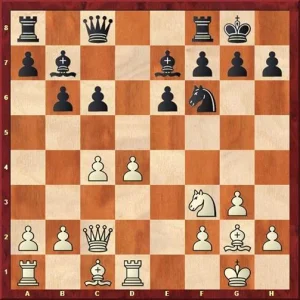
Kasparov – Dubiel, Katowice 1993
What should White play?
Let us understand, first of all, why this position is so critical? Most of the time, in order to understand the importance of your move, you must “give the move to your opponent” (in your mind). Think here as if it’s Black turn to play. What would he do?
Of course, if it were Black to play, his choice would have been very easy. He would have simply played 13…c5! and activated his b7 bishop. Once you are aware of what your opponent wants, you become aware as to why the position is so critical.
If you don’t think this way and just play the natural developing move, like 13.Bf4, Black would react with 13…c5! and the position becomes equal. The problem here is that you did not pay enough attention to your opponent’s idea.
If you did ask yourself the question: “what does my opponent want to do?”, you would immediately have come up with the move 13.c5! for White, thereby clamping down on the b7 bishop forever. It’s a very typical positional idea to keep your opponent’s bishop passive. Therefore, an awareness of what the opponent wants to do can make your decision very easy.
Kasparov might have found this move within five seconds, because such patterns are firmly engraved in his head. But for us, we must constantly train our mind to be prophylactic.
Prophylactic?! What exactly does this means?
Prophylaxis is the art of understanding what your opponent wants to do and then preventing it.
Very strong players, like Kasparov, Karpov, Anand, Carlsen, etc., are very quick to spot an opponent’s ideas and prevent them. The first step in recognizing critical positions is to understand quickly what the opponent wants to do. Here is a little more complicated example from one of my own games.
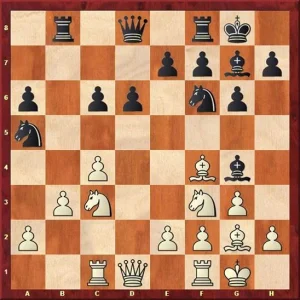
Sagar – Vinay, Bhopal 2013
What should White play?
As we already know, the first thing we must do when we get a position in front of us is to “give the move to the opponent”. In this way, we should know what he is intending to play. So what would Black play, if it were his move? He would go for 13…c6-c5 and then bring his knight back into the game with 14…Na5-c6. Once that is achieved, White will have no advantage. Once you realize what Black’s plan is, you must try your best to prevent it.
I played the move 13.c5! hitting the Black center; and after 13…e5 14.Bg5, Black central position is falling apart. He has to take 14…Bxf3 15.Bxf3 d5. It seems as if Black has an extremely strong center, but you need to look a little further…
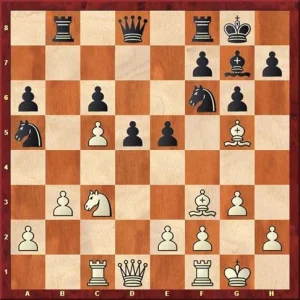
Black’s centre is strong and he threatens the move e5-e4. What should White do?
16.e4! is a powerful move; and after 16…d4 17.Na4, with the idea of Be2-c4 later, White has a dominating position, with the two bishops and also a target to attack on a6 and an isolated knight on a5.
The way to think in such positions is like this:
- What is my opponent’s idea?
- Is it dangerous?
- If yes, how can I prevent it?
Once you know that you must prevent your opponent’s idea, you must give it your all. This is the key. You cannot stop half-way in the above position, thinking that Black has a strong center. You have to look a bit further and find the move 16.e4! and then assess the position. This is how you must approach the critical positions. Strong willpower is the key to preventing your opponent’s ideas and to making your ideas work.
BUT WHAT IF YOUR OPPONENT’S IDEA CANNOT BE STOPPED?!!
Prophylactic thinking is a key tool in critical positions. But one need not always prevent the opponent from executing his plans. Sometimes you can create a threat that is stronger than your opponent’s idea.
To make the point clear, let us see the most interesting position from the recently concluded 2013 World Championship match between Anand and Carlsen.
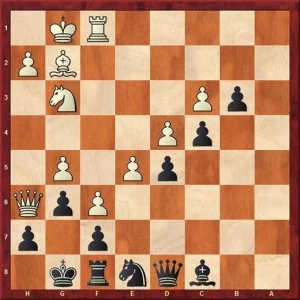
Anand – Carlsen, WC Match 2013
What should Black do?
Now you know that whenever you see a position, the first question that should strike your mind is this: what is my opponent’s idea? This we achieve by “giving the move to our opponent”. If it were White to play, he would simply play 27.Rf4! b2 28.Rh4 b1=Q 29.Nf1, and no power in this world can prevent a mate on h7. Magnus realized that his opponent’s threat was strong but, at the same time, couldn’t do anything to prevent it. Hence, rather than making futile attempts to prevent his opponent’s idea, he went ahead with his own plan of queening the pawn with 26…b2! Now Anand let Magnus queen his pawn and went on the attack with 27.Rf4!? b1=Q 28. Nf1?? This blunder effectively sealed the fate of the World Champion ship after 28…Qe1! preventing Rh4. Anand promptly resigned.
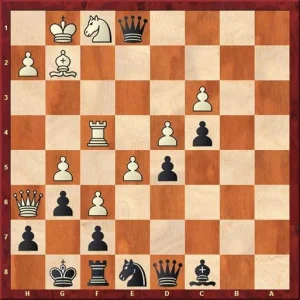
28…Qe1 preventing Rh4 ended the game.
Let us not get into too many intricacies. However, let us note that, instead of the blunder, 28.Nf1, 28.Bf1 would have been a better try. But it would have not been enough for a win, as Black can successfully defend his position.
What we learned from this position is that sometimes preventing the opponent’s idea is either not possible or not good enough. You need to create a threat that is stronger than your opponent’s threat. In this way, you can successfully overcome his idea.
Magnus is definitely a master when it comes to creating counter-threats, and all world-class players know the fine balance between preventing an opponent’s ideas and ignoring them. But now, let us look at a game by me right out of the opening, where I was able to create stronger threats than my opponent’s ideas.
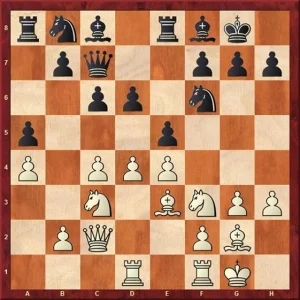
Sagar – Deepthamsh, National B, Tirupati 2012
What should White play?
My opponent was a 2100 player. He played the Old Indian Defence, which is a little passive yet a very solid opening. His last move in the position was Nd7-b8. What would you do?
I am sure you have already instinctively asked yourself the question as to what my opponent’s threat is. If it were Black to move, he would definitely have played Na6! – with the idea of parking his knight on the wonderful hole at b4.
There is no real good way to prevent this plan. Hence, White must come up with something that is stronger and will put Black in trouble. If you look carefully, there is one more factor which is highly in White’s favour, and it’s that he is far ahead in development. A very common rule in chess is that when ahead in development, you must open the position. Such rules come in very handy when you are trying to formulate a plan. Keeping all this in mind, the best move for White here is 14.c5! This moves blasts open the position and makes Black’s plan of Na6-b4 quite slow. After 14…ed4 (14…dc5 is met with 15.de5!) 15.cxd6 Bxd6 16.Nxd4, White has a clear advantage.
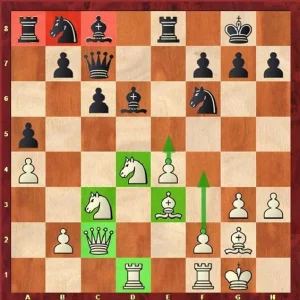
Well-developed pieces and the mobile central majority give White a clear advantage. Black now did continue with 16…Na6 17.f4 Nb4 18. Qf2.
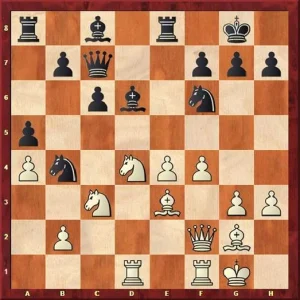
Black has been able to plonk his knight on the weakened b4 square but, as you can see, that hardly matters now. The centre is fluid and the b4 square has very little or no relevance to the position. White could not prevent Black’s idea, but he could make it less powerful with the central break by 14.c5!
Let us conclude this article at this point and give some important reminders of what we have learnt, so that you can start using these techniques right away in your next game.
CONCLUSION
- Critical positions occur approximately 4-5 times in a game; but the most important is the first critical position of the game, because it gives direction to the game.
- How do we identify a critical position? Ask yourself: what is my opponent’s plan/ idea? Think carefully about his idea. To understand his idea, the best way is to “give the move to your opponent”( in your mind). In this way, you can find his idea.
- Once you find an opponent’s idea, two things can happen.

- The real skill in identifying critical positions is to be alert about possibilities for your opponent at all times. If you cannot identify your opponent’s ideas, you will be missing the critical positions all the time and land yourself with bad positions.
- Whether to be prophylactic and stop your opponent’s plan, or to make your own counter-threat, is another skill which is extremely hard to master. You need a lot of practice to perfect this art. But you have to make a start. And the right way is always to ask the extremely important question:
“WHAT WOULD MY OPPONENT DO IF IT WERE HIS MOVE?”
This can be boring to do after every move; but if you keep on doing this, soon it will become very natural and you will make prophylactic moves without too much thought.
Identifying critical positions is something you must do in every game; and if you do master this art, then you are well on your way to become a strong chess player! The day won’t be too far off when, like my Grandmaster friend in the first paragraph, you too will be able to identify critical positions based on your intuition and feel for the game. But till then, you will have to follow the guidelines given in this article! I wish you the best for your future games!!
PS: A small note that will help you to improve. After your game is over, you must try to analyse it without an engine. When you do that, try to recall which positions you thought were critical during the game, then make a note about each one and also how much time you spent on that position. It will surely help you to improve your sense of identifying critical positions.
All the games discussed above are in PGN and can be downloaded from here.
Do you want more lessons from the Remote Chess Academy? Then you must study our FREE course made by GM Igor Smirnov, “Quick Success in Chess”, by clicking on this link.




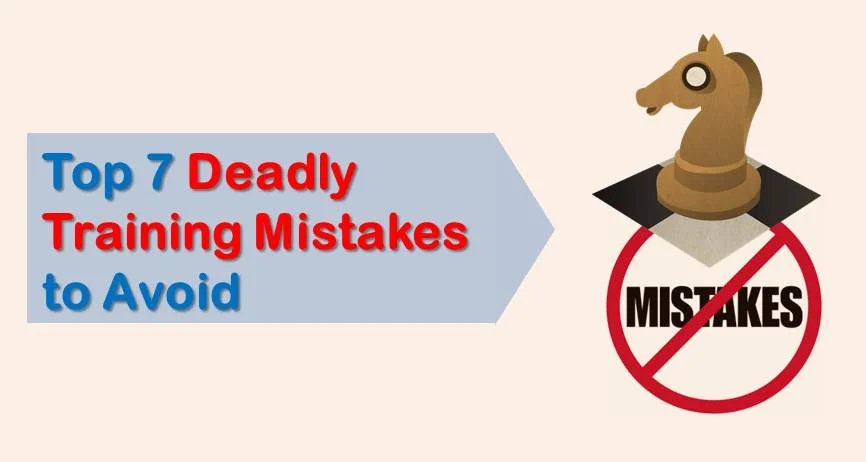
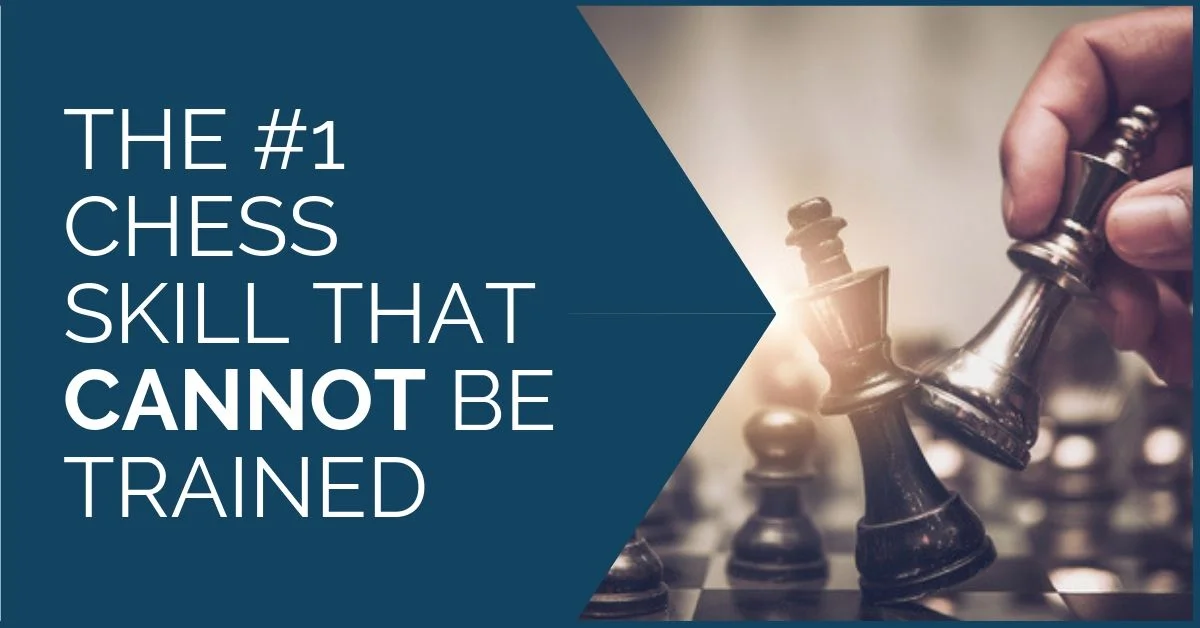
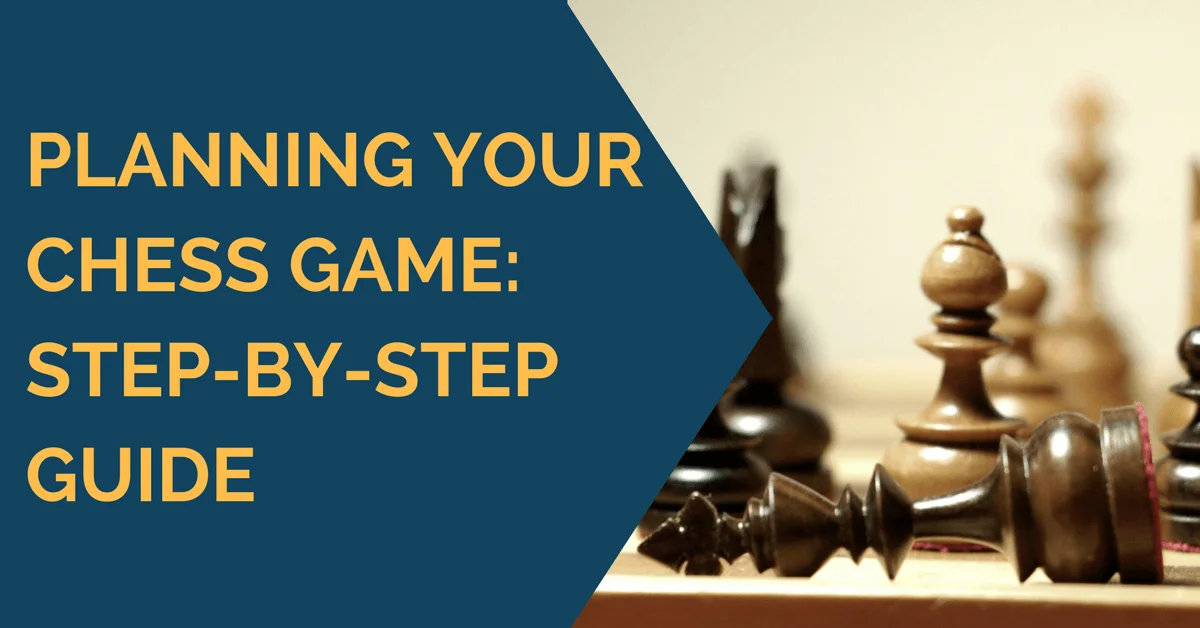




Comments: